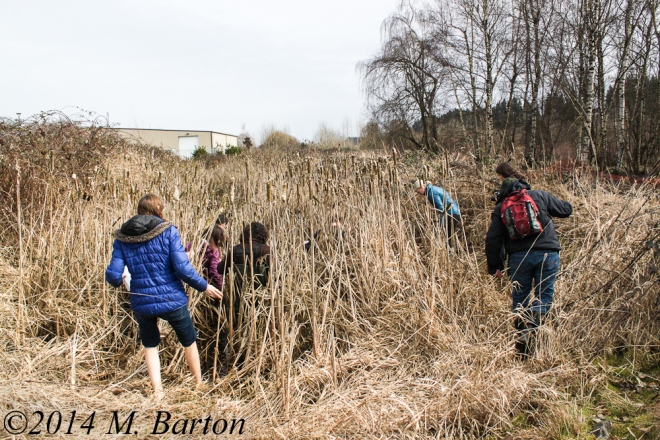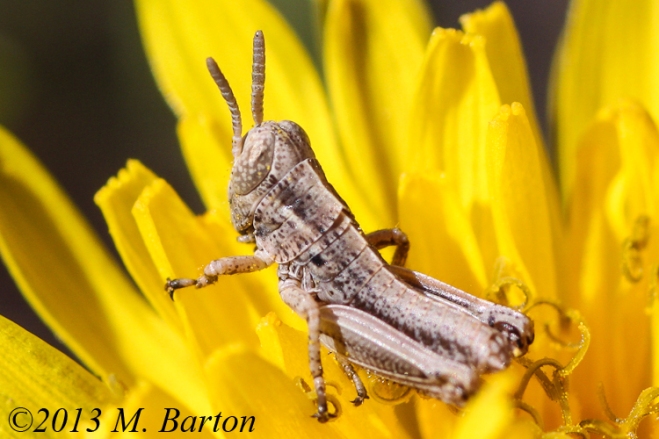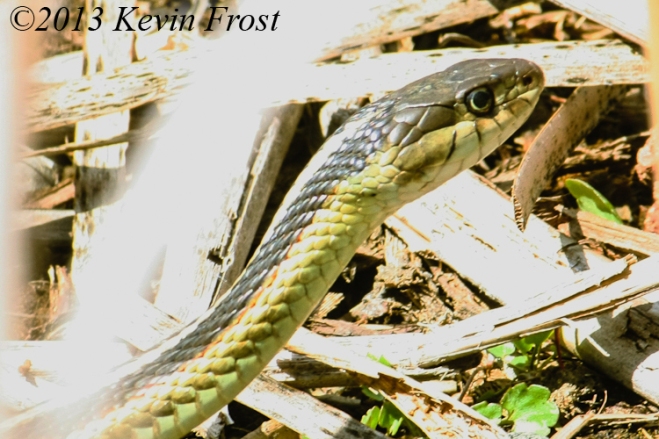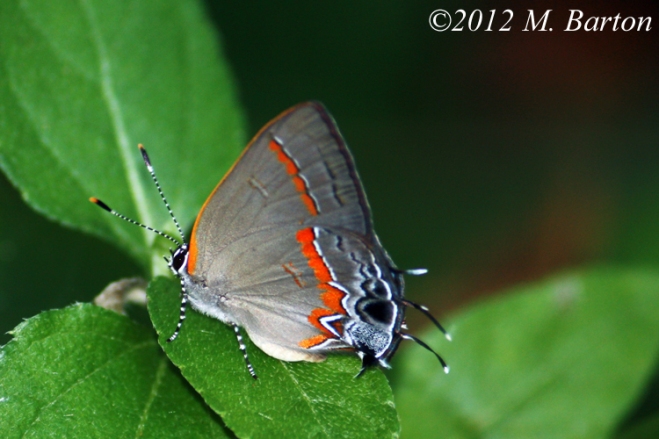
I’ve been thinking lately about why nature photography is important to me, and I decided there’s good value in putting together illustrated narratives even if the individual photos aren’t all portfolio-worthy and the writing isn’t elegant. I often find I enjoy other people’s nature-documentary narratives more than I do technically and artistically stunning individual images. Context and story are import, and I’d like to be able to look back in a few years and remember what I saw.
The last few weeks, I’ve managed to take a few study breaks to enjoy spring a little—last Sunday I went to the Budai Arborétum, a botanic garden and arboretum attached to Corvinus University’s horticultural department. I had tried visiting last fall and got rained out, but last weekend the spring weather was lovely, although unfortunately only the lower part of the garden is open on weekends.
As always, I was hoping for some birds other than the great tits which have been the most entertaining common resident bird life all winter, but other than some very uncooperative crows, all I saw were some nearly as uncooperative Common Blackbirds (Turdus merula), a type of thrush not to be confused with North American blackbirds:

Crocuses and irises were abundantly planted in many areas, and heather was in bloom as well—a very purple effect overall.

Spring is bringing the re-emergence of insects, which makes me very happy! Firebugs (Pyrrhocoris apterus) are one of my favorites—a common but striking species, albeit extremely uncooperative photography subjects. Looking them up just now, I realized that they are also the species used in a famous (in entomological circles) accidental discovery about hormone regulation and insect life cycles.


There were also a lot of small bugs swarming in the crevices of tree bark, which at first I thought were firebug nymphs, but on a closer look, they’re not similar at all. I saw a few of these last summer, but not in these quantities, and my Google skills are failing me. If anyone knows what these are, please leave a comment and let me know!

On the way home, I stopped briefly at Feneketlen-tó (Bottomless Lake), a nearby artificial lake which is apparently home to all three introduced North American slider subspecies as well as (somewhat surprisingly) the one native European species of turtles. Alas, the native species is rather shy, and all the turtles taking advantage of the spring sunlight were sliders like this one, which is probably a yellow-bellied slider (Trachemys scripta scripta):

I do feel like my macro photography skills are very rusty after a long break—I need to spend some quality time rebuilding my flash diffuser and get some good practice as it warms up more!





























